07. Style harmony, part 2
Personal reflections and learnings on David Kibbe's image identity system
This post is a continuation of part 1:1
06. Style harmony. Part 1.
Have you ever wondered why you are drawn to certain silhouettes? Why you own certain pieces that make you feel so distinctly like yourself? Or conversely, ever tried on a trendy item because it looked fabulous on the model only to try it on and feel distinctly ... unfabulous (or worse, bought it online and experienced your excitement switch to guilt and…
Kibbe and me
When I scrutinised my own body using Kibbe's principles, I decided the best match in terms of the families was the classic, and of the more granular image identity choices, the dramatic classic (DC). In Kibbe world, the classics are split further into ‘soft’ and ‘dramatic.’ Here's my reasoning: I am moderate height (5"7), but more importantly, I look about 5"7. My limb lengths are pretty typical for my height, and my shoulder width is not much wider than my hip width (as seen from the front). In other words, you look at me … and nothing really stands out. I assessed that these moderate, balanced dimensions put me in the classic family.
Now, in my view, I have some angularity in my frame. My shoulders have a squarish instead of sloping quality to them. My waist is not a gentle curve, but essentially two connecting angular lines. Even my palms are square-shaped! In other words, if you were to draw a fashion sketch caricature of me, you would probably use more straight lines than curved lines.
This likely meant the best match out of the Kibbe sub-types was dramatic classic. i.e. overall balance + moderation (classic family) + some sharpness and angularity (dramatic influence).
One of the challenges with landing on a Kibbe image ID is the confusion caused by how much importance to ascribe to the specifics of your frame and how much importance to ascribe to the 'vibe' offered by Kibbe's specific recommendations for each image ID.
If you’ve never ventured into the Kibbe-verse, honestly, good for you. However, my wish is this newsletter might still contain value for you. So by way of important context, here are some examples of the visual language of DC clothing, care of Gabrielle Arruda2:
When I looked at Kibbe's recommendations for soft classics versus dramatic classics, I saw my historical style choices (i.e. what I typically like to wear, both in terms of silhouette and clothing detail) reflected in the dramatic classic style lines. Think: moderate scale, balanced silhouettes with sharp (and often somewhat androgynous details). Kibbe describes the essence of the dramatic classic as ‘Tailored Chic’ and that sat well with me, both in terms of my favourite items and what I aspired to.
This is not to say the DC style lines are a perfect representation of my tastes. Not at all. I’m still a fan of interesting and unexpected details, I like a bit of asymmetry from time to time, and I gravitate strongly toward relaxed silhouettes. But do they represent the essential aspects of my style? I think yes.
Now, the fact that I landed on the DC image ID based purely on a subjective assessment of my frame and subsequently discovered the DC style lines were those I liked the best (taken as a whole), was very intriguing to me. The recommendations were the best match to what I have naturally gravitated toward .. for all of my life. And I have proof! Here are some old photos I found floating on Facebook, looking to take style inspiration from my younger self. What are the common denominators here?
Natural, high-quality fibres in moderate weights
‘Classic’, neutral colours (e.g. navy, white, beige)
Crisp, sharp details
An abundance of straight lines
Moderate to high colour contrast within an outfit, especially piping/trim
A distinct lack of prints
A distinct lack of flounce, frills, and other typically ‘feminine’ clothing details
A distinct lack of asymmetrical shapes
Did I gravitate toward these kind of fabric weights, fabric styles, silhouettes, details because they suited me, or did they ‘suit’ me because I just liked them? How much of the ‘liking’ came from understanding they suited my frame, versus all the other factors that influence one’s personal taste? Honestly, I think it’s a mystery I will never solve, and that’s ok with me. But it validated for me that my own style instincts were worth listening to. It gave me (1) newfound confidence in my own tastes and choices (of course we should trust our own instincts but it’s nice to feel validated) and (2) understanding that some restriction is actually freeing.
Constraints need not box you in. They can be the safe launching pad for your own creativity. For instance, identifying with the DC image ID does not mean I’m going to wear a blazer every day of my life, or that I will never wear a print again. And besides, although the DC image ID resonates with me, something very important (for me) amongst Kibbe’s recommendations is missing. Yes, I like to look polished. But above all, and in all settings, I like to look relaxed. The tension between those two adjectives is basically the common thread running through all my outfits.
And I think this is evident even in the pictures of me above (all taken at least 15 years ago). Either my hair is out (relaxed), or my jeans are low-slung (relaxed), or the linen is a bit crinkled (relaxed), or I’m wearing thongs [flip-flops] (relaxed) etc.
So .. is it actually worth finding your ID and following the recommendations?
It depends. It is definitely not a prerequisite to getting dressed with confidence. But the point I’m trying to hammer home is that having an essential framework to view your clothing choices through can save you from the confusion wrought by an abundance of choice.
And I think we can largely ignore the more granular recommendations that Kibbe offers. For example, I’m not ever going to discount buying a shirt just because it does not have a Kibbe DC-approved neckline. But as I tried to argue in Part 1, the high-level takeaways from his system can be useful to help build an internal logic running through our wardrobes, to make getting dressed that bit easier, and over time, more intuitive.
I think this is a point Kibbe has tried to make in recent years by relaxing his ideas over time. For instance, he says that any piece of clothing can be made to work for any image ID. In other words, it’s all in the styling!
Probably the smart choice is not to start with an assessment of your body at all, but take a look at his image IDs and see if any of the style lines resonate with you. Resources abound online, but here’s one from The Concept Wardrobe and here’s Gabrielle Arruda’s launching pad for Kibbe info, including a quiz to find your ID.
Obviously you do not have to take a quiz! You do not need to assign yourself an ID! But if you cannot identify some coherence within your existing clothes, or are struggling to land on an overall ‘vibe’ to build future purchases around, some Kibbe-analysis could be a useful exercise.
The lightbulb moment
Once I had critically and objectively analysed my frame and proportions to land on their essential qualities, the lightbulb moment was turning my attention away from my body and applying the same critical eye to clothes instead.
And you can do the same. For instance, you can overlay the Kibbe essential qualities on to an item in order to critically assess them, For things you already own, this knowledge helps you answer questions like: 'why do I like this?' (or ‘why do I detest this?'). For things you're in the market for, it helps you choose a good option for whatever variant of shirt/blazer/skirt/trouser you're shopping for. By having a vocabulary to describe a framework around what you (probably) already instinctively know, it also helps you trust your gut instinct.
Reflection homework
If you don’t want to do a quiz, but still want to assess your frame, consider what features of your bone structure dominate: vertical vs petite, small vs large-scale, softness vs angularity (refer to part 1 for what these terms mean). For every one of these, you exist somewhere on a spectrum. Remember: you are made of shapes, and angles. This is neither good nor bad. Be kind to yourself.
Then turn to your existing clothes. Start with your most-loved pieces, what 'lines' are they creating? Sharp or curved? Long or short? Are the fabrics stiff or pliable? Are the details loud or understated? Flex those adjectives! Are any words cropping up repeatedly?
Then consider the pieces you feel, at best, 'meh' about. Move away from an emotional response (‘I just hate it’, ‘it doesn’t suit me’) to again, applying a critical eye and conjuring some adjectives. What ‘lines’ are they creating? What adjectives are cropping up repeatedly? Hopefully these two sets of descriptors tell a distinct story.
Next, imagine yourself in an outfit in which you feel confident and self-assured (this could be an outfit you actually own or invented). What are you wearing in this picture? Long vertical shapes? Sharp angles? Slim-fitting or oversized profile? Loud clothing details? Come up with a list of words you could apply to this image and your A+ pieces. Here’s a word bank from Indyx if you need some help getting started.3
Mine are something like: relaxed, timeless, elegant, refined, crisp, organic, polished, modest.
And finally, if you have a wishlist, it's time to apply a fresh critical eye to it. On reflection, are any pieces on your wishlist at odds with those descriptors you came up with (or whatever image ID/Kibbe family you landed on)? Are they there because you were influenced to put them there, or do they truly speak to your style?
The TL;DR version is that understanding some of the principles of style harmony to help you critically assess style lines can be helpful. It might validate why you have always been drawn to or felt more 'yourself' in certain silhouettes. It might explain why a large selection of your wardrobe consists of heavy, oversized structures made of rigid fabrics, or why your wardrobe consists mostly of unstructured, flowing garments of lightweight fabrics.
An objective understanding of your frame can help you understand what clothing silhouettes will look naturally harmonious (those that mirror some of the essential qualities of your frame and proportions).
I owe a lot of the first tentative steps of trying to rediscover my style to Gabrielle Arruda. Watching her YouTube channel (during late Covid times) was like a cosy reward for me and I loved her intellectual, but also grounded and realistic approach to working on one’s style.
These words are provided in the context of distilling one’s style into three adjectives: (“Three words strike the perfect balance: flexible yet focused, and just enough to guide you without overwhelming you.”)



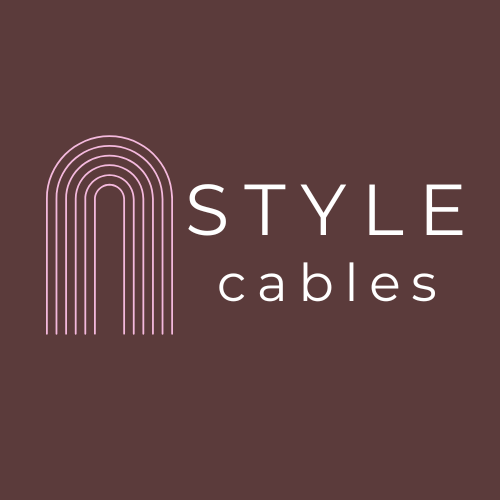
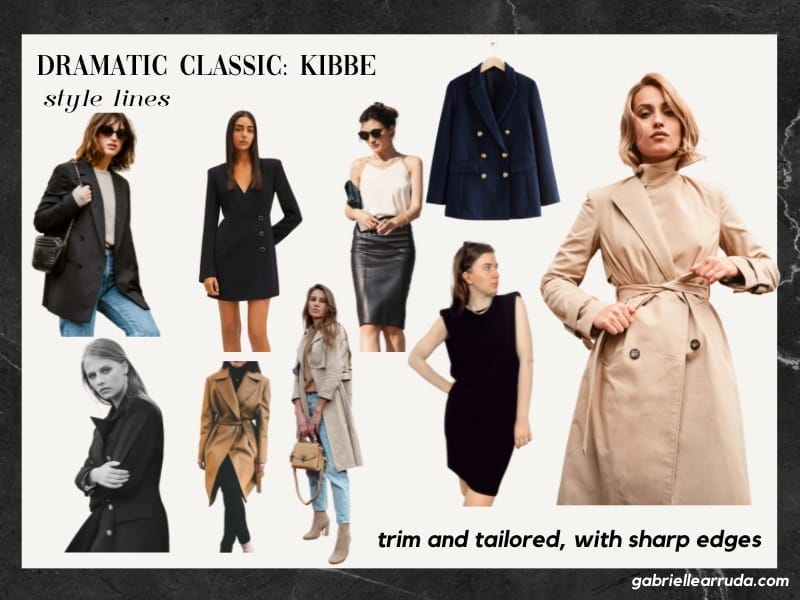
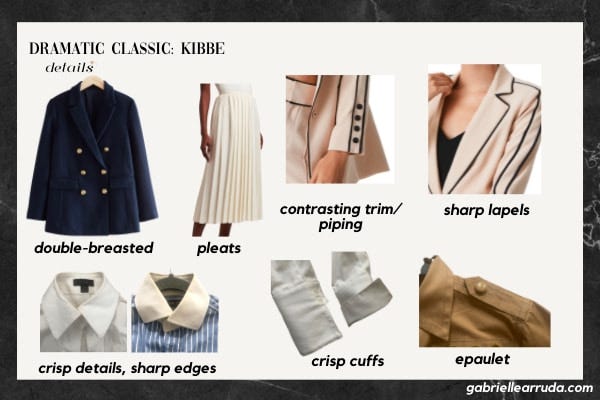
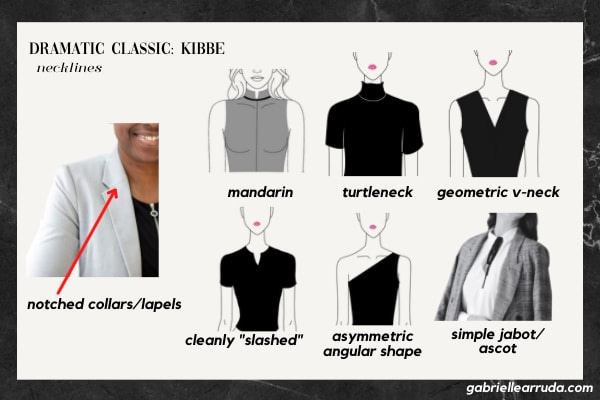
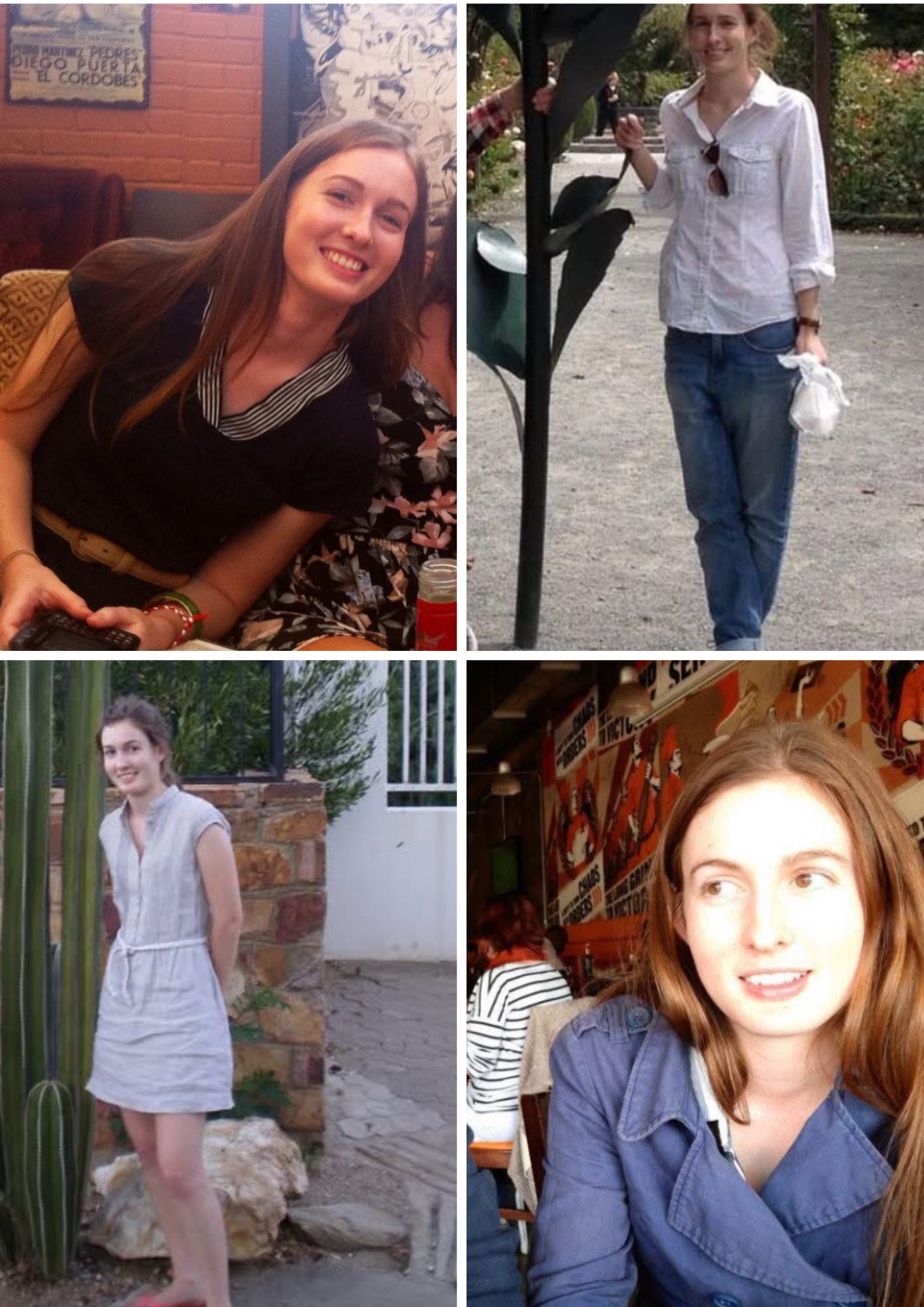
Inspired ☺️